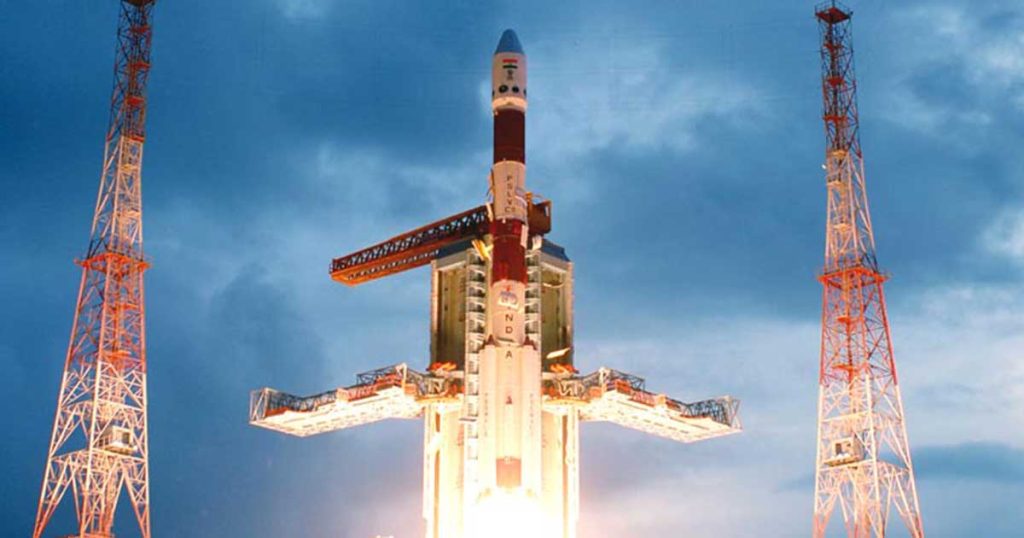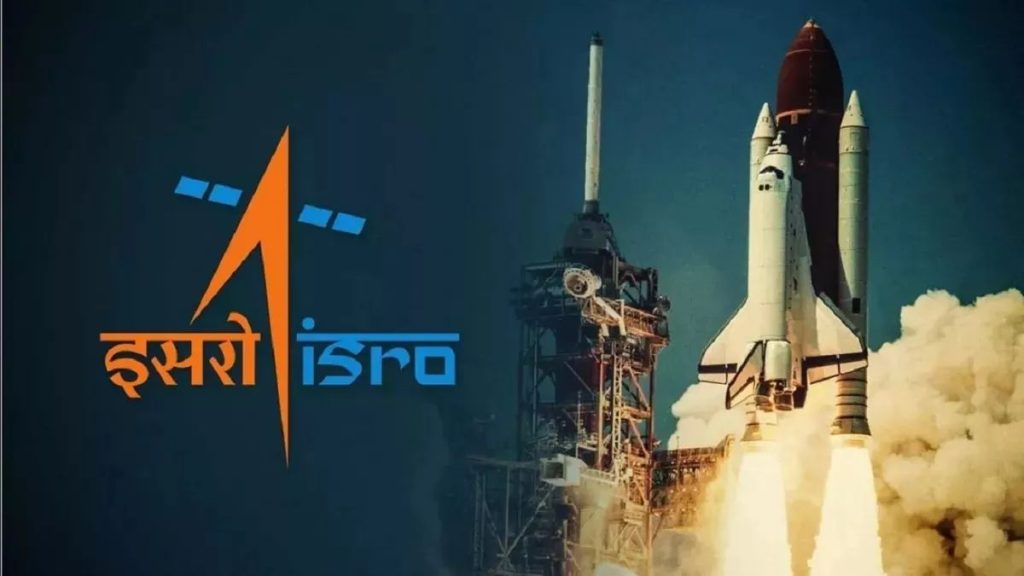How ISRO Earn Money? Surprising Sources of Revenue
The Indian Space Research Organisation (ISRO) is usually praised for its historic missions, budget-friendly space science, and aggressive ambitions. From Chandrayaan missions to Mangalyaan, ISRO has brought India onto the space map of the world. But what people are usually curious about is: how ISRO makes money as it is a government organization? Interestingly, ISRO has a unique business model. While funded primarily by the Indian government, it also generates significant revenue through commercial activities. These earnings not only support India’s space research but also contribute to the global space economy. Let’s dive deeper into the process of how ISRO’s income and understand how it sustains its projects.

Government Grants as the Foundation for ISRO
ISRO receives funding largely from the Government of India. This funding is directed in the Department of Space and is similar to research funding, infrastructure, satellite missions, and exploration. Even as it gains stability thereby, ISRO is not relying on government funding. It actually established commercial wings as a supplementary mode of revenue generation.
Commercial Satellite Launches
Commercial
Among the key sources through which revenue is raised by the ISRO is satellite launching on contract with other nations. With its trustworthy PSLV (Polar Satellite Launch Vehicle) and GSLV (Geosynchronous Satellite Launch Vehicle) launcher systems, the ISRO offers economical satellite launching facilities.
ISRO has been launching satellites for other countries including the USA, UK, Canada, Germany, and Singapore over the years. Indeed, it achieved a world record in 2017 with launching 104 satellites in one mission. It is attractive for foreign clients as there are competitive prices charged compared with an agency such as NASA or even SpaceX.
Antrix Corporation – Commercial Mission of ISRO
ISRO formed Antrix Corporation Limited as a government company in order to manage its commercial activity. Antrix manages satellite launching, leasing of transponder and marketing of space-based services internationally.
ISRO, through Antrix, has signed up with numerous foreign clients for satellite launching and data services. This wing single-handedly converts the scientific assets of ISRO into revenue-generative enterprises.
NSIL – New Commercial Gateway
India launched NewSpace India Limited (NSIL) in 2019 as yet another commercial subsidiary of ISRO. Unlike Antrix, NSIL is concentrated on scaling up commercial activity of ISRO, including satellite building, launching, and space-based services.
NSIL was responsible for inking pacts with private enterprises and overseas players, thus uplifting India’s space economy. The growth is indicative of ISRO’s increasing presence in the international satellite marketplace.
Transponder Leasing for Communication
Leasing satellite transponder is yet another source of revenue. They are indispensable in internet services, telecommunication, and broadcasting. Transponders are leased from ISRO to broadcasters, Indian telecom operators, and foreign partners.
This is a much-needed service as satellites are an essential means of providing communication coverage to remote regions where it is hard to install conventional infrastructures.
Introduction for how ISRO earn money
With advancements in satellite and airborne platforms,ISRO also earns money from the sale of remote sensing data. Satellites like Cartosat and Resourcesat receive clear images of the Earth’s surface. These are worthwhile for agriculture, mining, urban planning, disaster management, and monitoring the environment.Both foreign and Indian clients buy the data. With sources for quality images available at reasonable rates, the ISRO has established a niche in the remote sensing industry.Transfer of Technology to Private Enterprises
ISRO also comes up with new technologies while it is conducting missions, including materials, electronic systems, and software systems. ISRO transfers most of these to private enterprises for commercial applications. For instance, it licenses communication and satellite navigation technologies so other businesses can implement and distribute them for wider markets.
This is a win-win scenario: financial gain for ISRO and cutting-edge technologies for the industry.Associations with Foreign AgenciesISRO also collaborates with key space agencies of other regions of the world, such as NASA, ESA (European Space Agency), and Roscosmos.They primarily involve cost-sharing, joint missions, and data-sharing. While the ultimate aim focuses on scientific advancement, these collaborations also create funding opportunities and open the ground for commercial ventures.
Space Applications in Our Daily Lives
Private enterprises use most of these technologies for commercial applications. For instance, ISRO licenses communication and satellite navigation technologies, allowing other businesses to implement and distribute them for wider markets.
E.g., Indian Regional Navigational Satellite System (IRNSS) or NavIC is being used in transport and logistics and is creating new business avenues.
Conclusion
So, how do ISRO generate revenue? Though government funding is still its core, ISRO was able to diversify revenue streams with commercial satellite launches, transponder leasing, remote sensing services, and transfer of technologies. With Antrix and NSIL leading its business initiatives, ISRO is not merely a space research center—it is now a major player in the international space economy. With the beginning of privatization in the outer space sector, the revenue stream of ISRO is set to undergo modification. Due to its affordability, innovativeness, and reliability, it is an attractive offering for foreign clients while satisfying the scientific aspiration of India.

